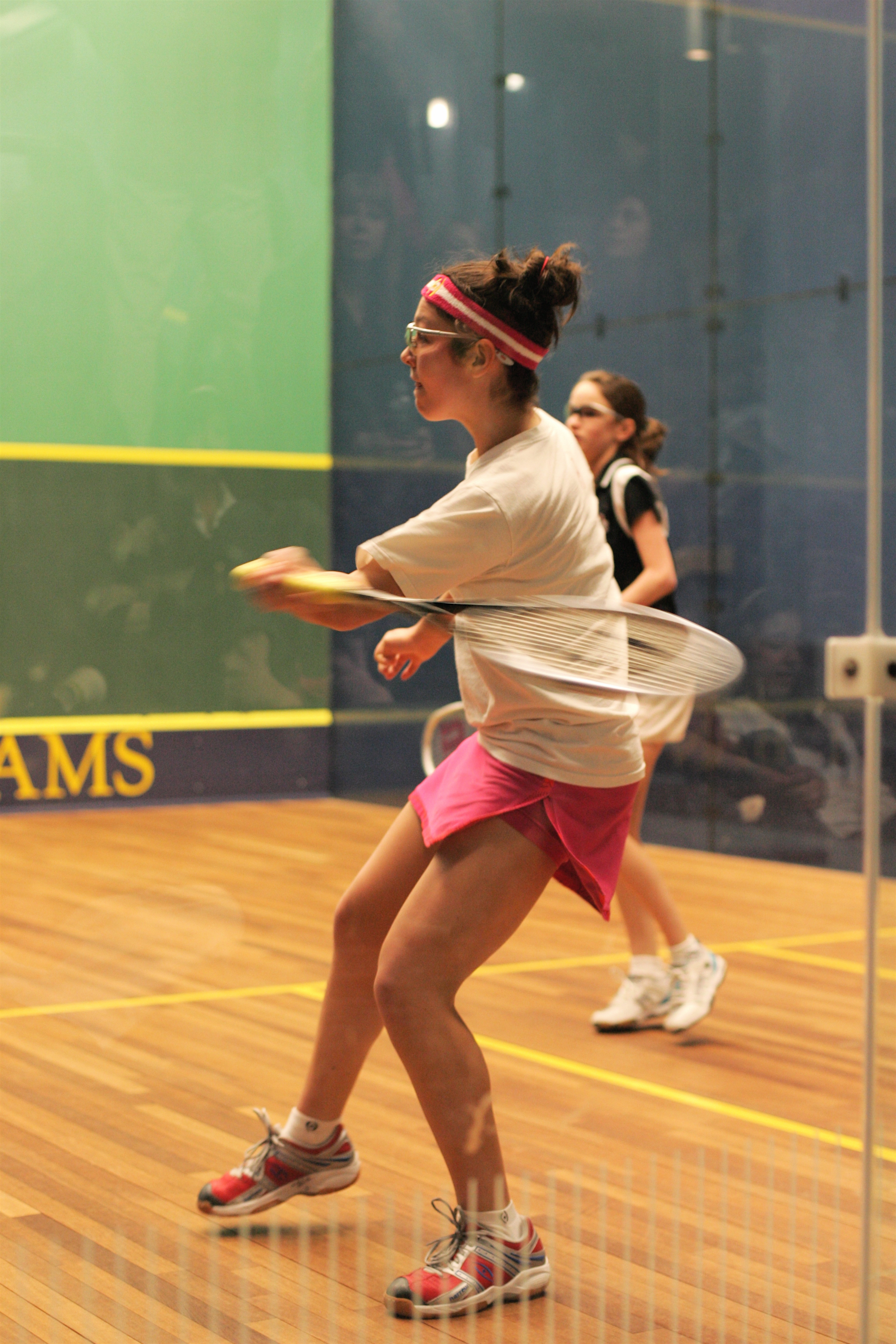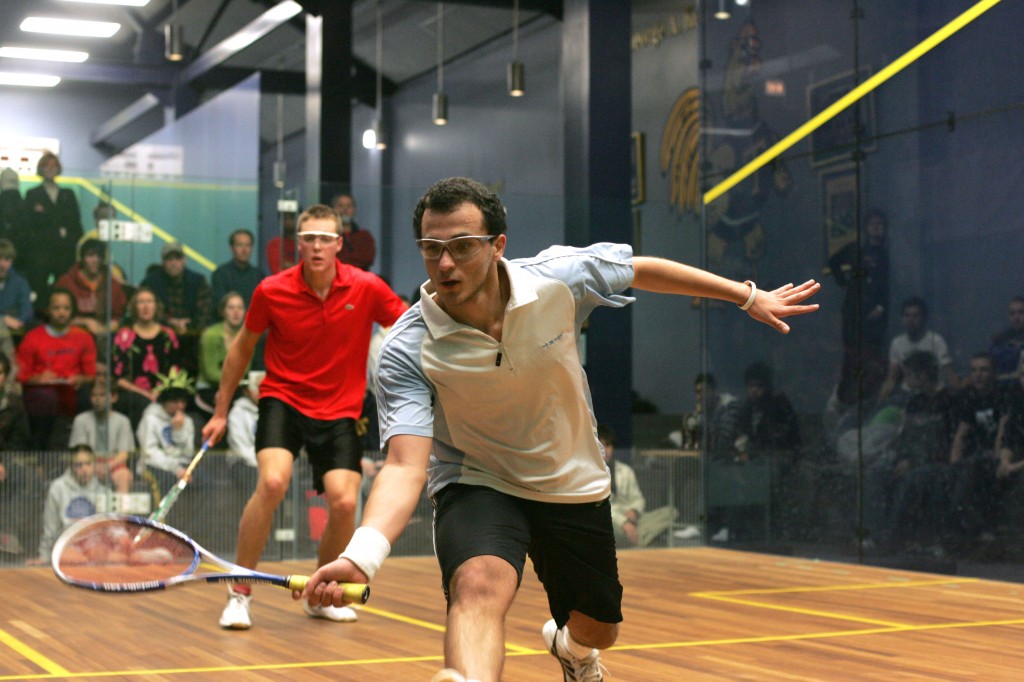
By Vidya Rajan
Photos by Jay Prince/SquashMagazine.com
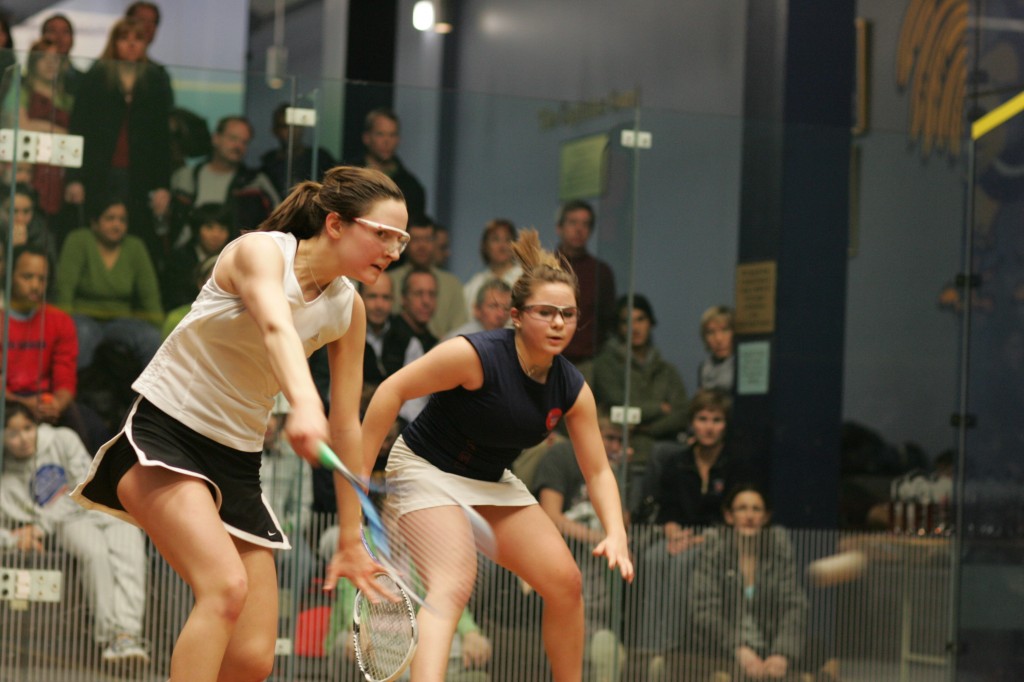
It all began when I stepped into the court on Saturday morning to play a certain Salma Mohamed Ahmed Nassar, a girl who was effectively seeded 34th and who supposedly hailed from Cambridge, Massachusetts. I entered the court with a heady sense of confidence but exited in less than 20 minutes, humbled and awed by Salma’s flawless ability to somehow convert my surefire winners into winners of her own.
As it turned out, Salma was not from Cambridge but from Cairo, Egypt, and was one of Egypt’s top Under-17 players. To no one’s surprise, she went on to win the tournament, running away with two 9-0 games in nearly every match until the final. Salma was part of an Egyptian contingent of eight players, the largest representation the U.S. Junior Open had ever seen from the world’s strongest squash-playing nation. The Egyptians made waves at this year’s tournament, grabbing two titles in their very first appearance. Among the eight was Mohamed Reda, Boys’ Under-19 player who won the championship without dropping a game. The U.S. Junior Open title adds to Reda’s list of other international titles, including multiple British Junior Open wins.
Egypt, in fact, wasn’t the only country to field players for the first time. Other nations included Trinidad and Tobago, Guyana, India, Ireland and Scotland, to name a few. This, along with 389 other U.S. Junior Open regulars, amounted to players from 20 countries.
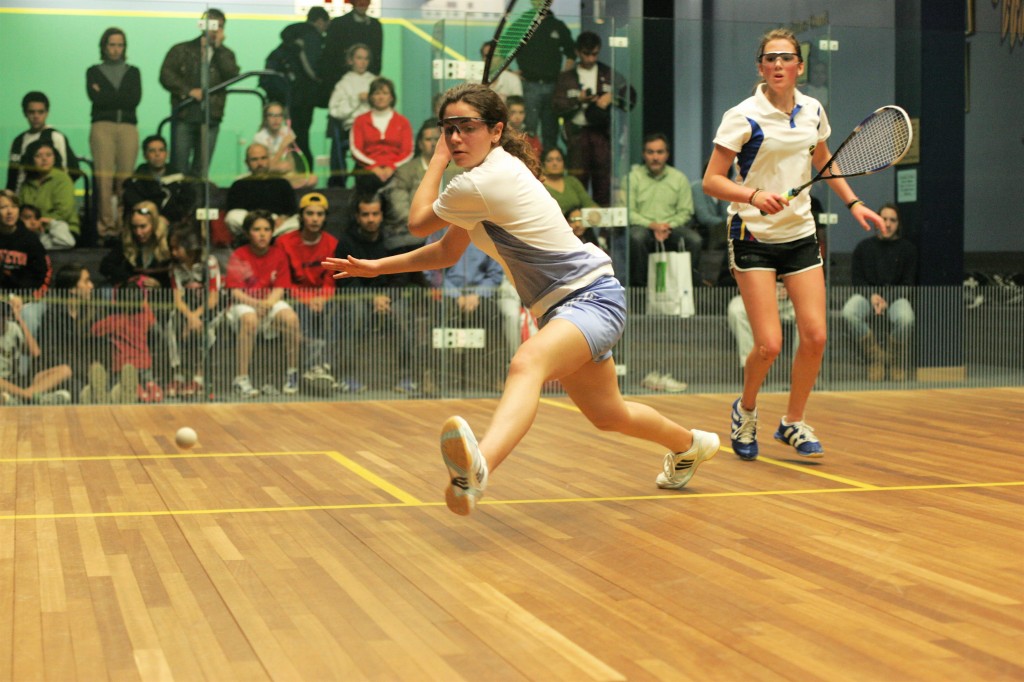
The second of the “big four” international junior tournaments (i.e., the Canadian, the U.S., the Scottish, and the British Junior Opens), the U.S. Junior Open gave players a chance to make their mark in the international junior circuit. Given the strength of foreign talent, many US players consider it a blessing to survive past Sunday—those still standing on Tuesday are commendable!
I am proud to say that I survived until Tuesday, but barely. Meeting the eventual champion in the first round gave me seven consolation rounds to chew through, amounting to eight matches overall. But covering other matches in between planning for my own matches was more challenging than I’d expected. I found myself debating whether to warm up extensively, whether to watch the last game of the Hong versus Avila final (BU17), or whether to watch Laura Gemmell (GU19) dominate the tournament for the umpteenth time. One of the biggest disappointments was having to referee a different match while Miled Zarazua clawed his way back from two games down to win his Boys’ Under-17 quarterfinal against Islam El Fiky of Egypt. I arrived just in time to catch the last few points, listening to the crowd roar as Zarazua won the last game 10-8 after surviving two match balls.
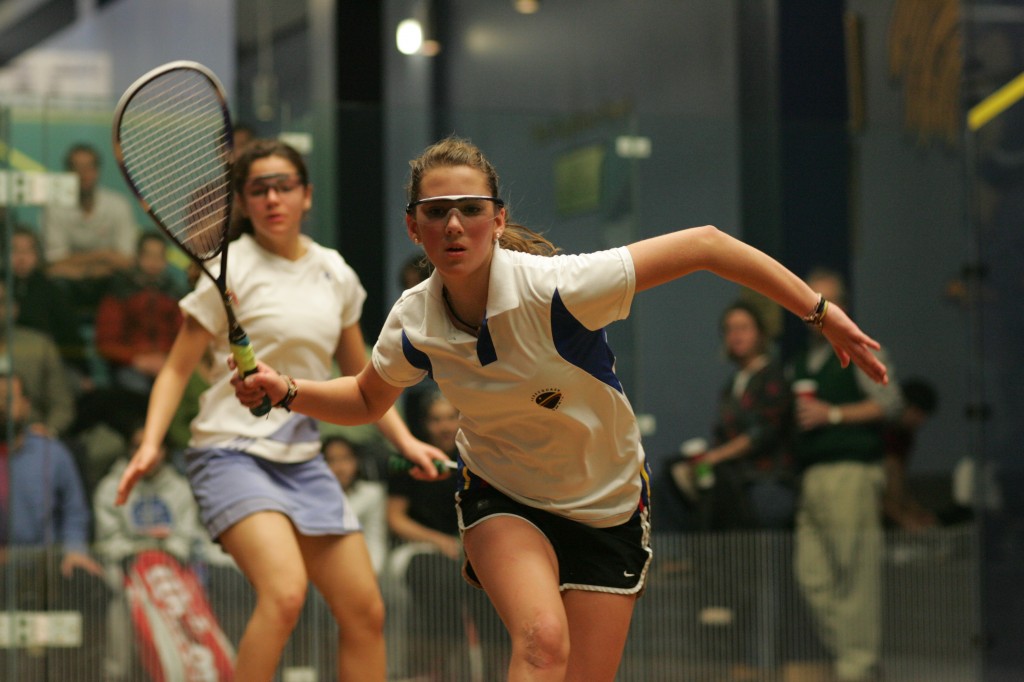
The Zarazua-Fiky match was only one of the Mexico versus Egypt matches that worked the crowd to a feverish pitch. Another match that clearly exemplified this was the Boys’ Under-13 semifinal between Edgar Zayas and Mahmoud Abdel Maksoud as each team cheered, screamed, and prayed for its valiant representative.
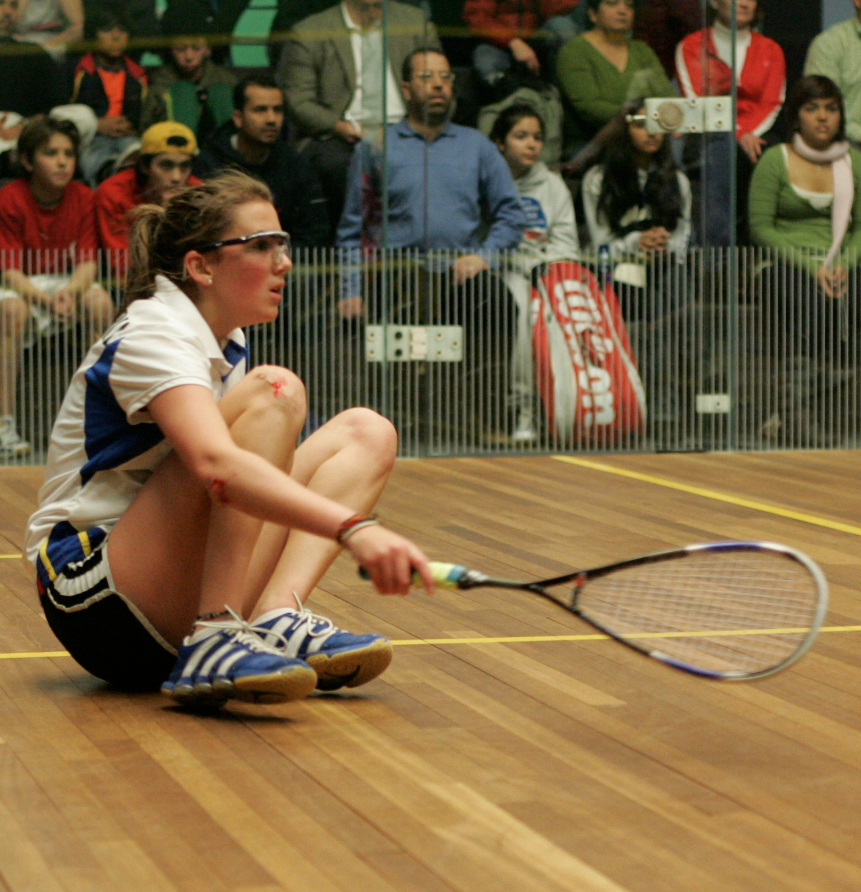 Across the board, I heard cries of ¡Duro! (Tough!) from the spirited Mexican team as their Egyptian, Colombian, and Canadian counterparts responded in kind. I saw tears shed after five-game losses, conduct warnings imposed for racquet-breaking, and even referees being told to “get a grip” by particularly disgruntled players. Granted, I could have caught glimpses of this at nearly any junior tournament, but the trait that set the U.S. Junior Open apart from other domestic tournaments was the sense of unity and belonging arising from the fact that each individual win was a win for a nation. No other US tournament has shown me as strong a sense of nationality.
Across the board, I heard cries of ¡Duro! (Tough!) from the spirited Mexican team as their Egyptian, Colombian, and Canadian counterparts responded in kind. I saw tears shed after five-game losses, conduct warnings imposed for racquet-breaking, and even referees being told to “get a grip” by particularly disgruntled players. Granted, I could have caught glimpses of this at nearly any junior tournament, but the trait that set the U.S. Junior Open apart from other domestic tournaments was the sense of unity and belonging arising from the fact that each individual win was a win for a nation. No other US tournament has shown me as strong a sense of nationality.
I wasn’t able to see national teams cheering in unison until Monday, however, when all matches were shifted to Trinity College, hotbed of intercollegiate squash. Until then, players and their families braved the snow, wind, and ice to shuttle back and forth between Westminster School, Loomis Chaffee School, and Trinity College. Though some came prepared to fend off the imminent Nor’easter by arming themselves with hats, scarves, and ice scrapers, the less fortunate resorted to using their hotel room card keys to scrape the ice off of their cars’ frozen windshields.
Despite the fact that the tournament was played at three different venues, many players I talked with cited the impeccable organization as their favorite part of this year’s U.S. Junior Open. Shuttles ran periodically from the hotels to the different venues. Matches were more or less on time, partially aided by the fact that there was no wind storm to wipe out the power of entire hotels or venues—at least not this year.
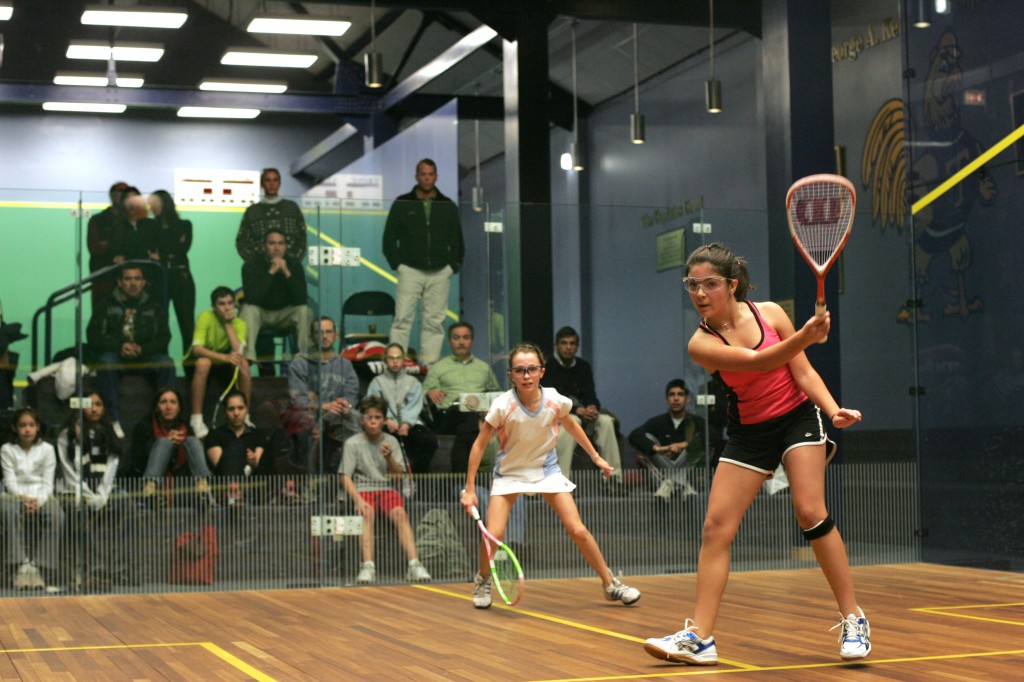
And other favorite parts of the tournament? The high caliber of play was frequently mentioned. “We never get to see this level of play, and coming here gives us a chance to show the other countries what we’ve got,” said Sergio Lopez, one of Mexico’s coaches and older brother to Graciela Lopez, Girls’ Under-17 third-place finisher.
“I’ll tell you what my favorite part of the tournament is,” quipped Mexican Boys’ Under-17 player Eric Marquez. “The girls.”
Coming to the U.S. Junior Open was also a productive way to spend the holidays, especially for the Guatemalan contingent. The Guatemalans, in fact, spent a few weeks training in Victoria, BC, before traveling to Ontario to compete in the Canadian Junior Open and then making their final stop in Hartford to play the U.S. Junior Open. For others, the journey hadn’t ended yet. Some players continued on to Edinburgh and others to Sheffield for the Scottish and British Junior Opens, respectively.
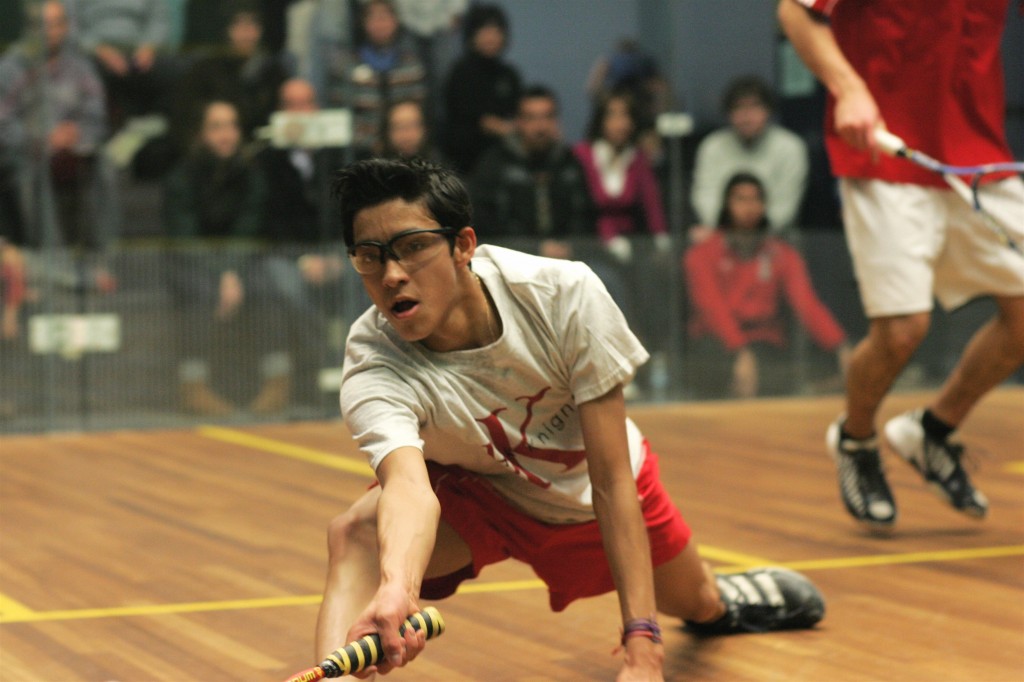
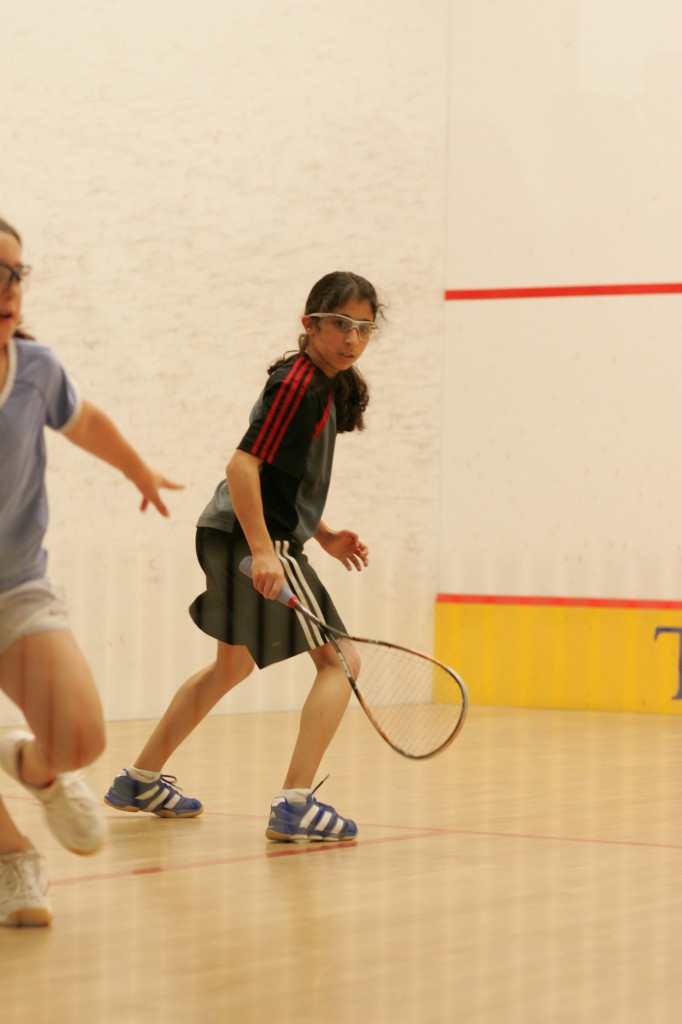
It was interesting to note that this year’s Scottish Junior Open saw a turnout of only 181 players. What was once considered one of the world’s premier junior tournaments, still categorized as a Grand Prix tournament by the European Squash Federation, seems to be on the decline. On the other hand, participation in the U.S. Junior Open has grown in the past few years, with a wider spectrum of countries sending representatives every year. Could this mean a bright future for the U.S. Junior Open? With the Egyptians setting a precedent for other nations, perhaps the U.S. Junior Open will one day be on par with the British Junior Open, inviting the world’s best to show their merit. For now, though, the British Junior Open remains at the top, bringing together 450 juniors from 34 different nations this year.
US junior squash continues to make strides, with five of the ten U.S. Junior Open titles going to American players this year. The Boys’ and Girls’ Under-11 titles went to Max Martin and Reeham Sedky, respectively as the Under-11 championship made its US Open debut. Girls’ Under-13 Champion Claudia Regio won convincingly despite being sick throughout the tournament, overcoming third seed Olivia Fiechter in a tight five-game semifinal and defeating first seed Katie Tutrone in four games in the final. Dylan Murray of the Boys’ Under-13 captured the championship without the loss of a single game. Amanda Sobhy comfortably won the Girls’ Under-15 division in a similar manner. Hopefully, in the coming years we can see more American wins in the senior age divisions.
Reflecting on the tournament during my flight home to Seattle, I thought of a conversation I had had with my friend Salma, the unseeded Egyptian. After the Girls’ Under-17 semifinal match between Salma and first seed Graciela Lopez, in which Salma pulled off yet another convincing victory and I exclaimed with delight, “You’re in the final!” I half-expected Salma to express her excitement or scream or convey her inhibitions, if any, about meeting Catalina Pelaez of Colombia, the girl so determined to retrieve the ball that she dived until her knees bled. But instead, Salma remained calm almost to the point of no reaction. In fact, she was not even thinking about the final. “I never look forward,” Salma said. “I only play in the present and try not to worry about the future.” The simple profundity of her comment represented the mindset of a champion.


